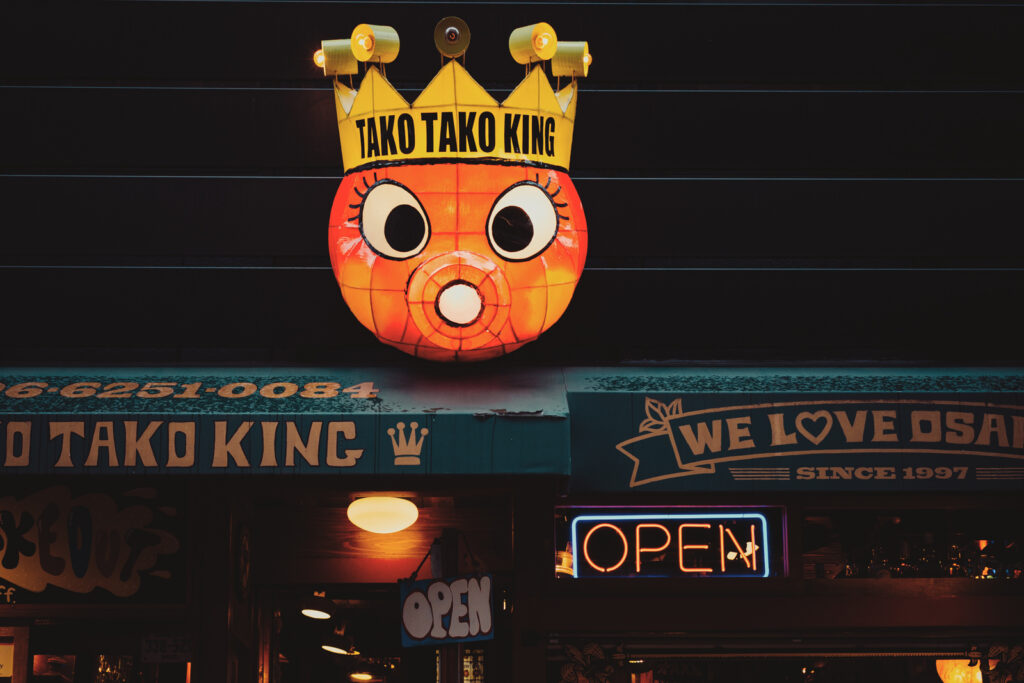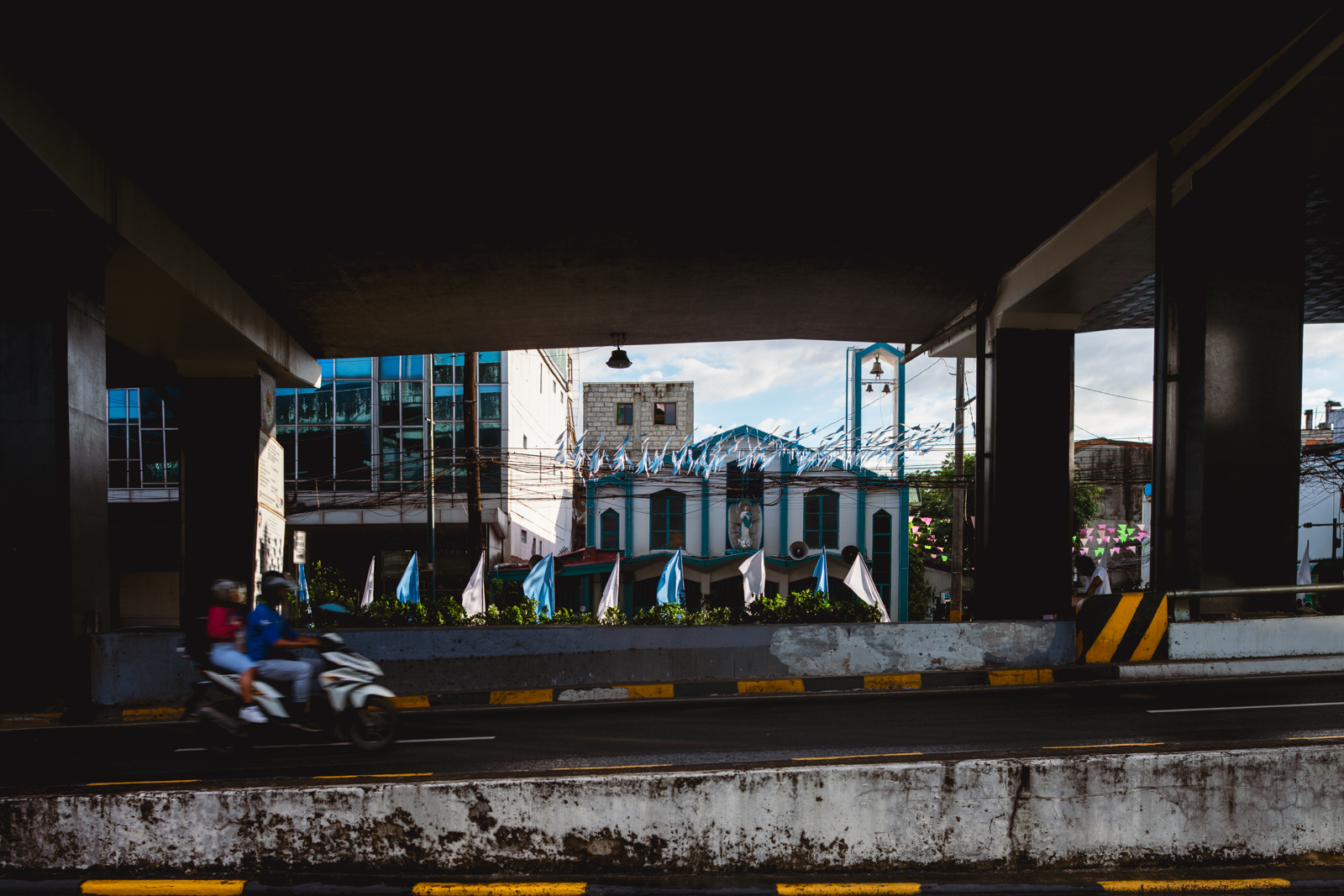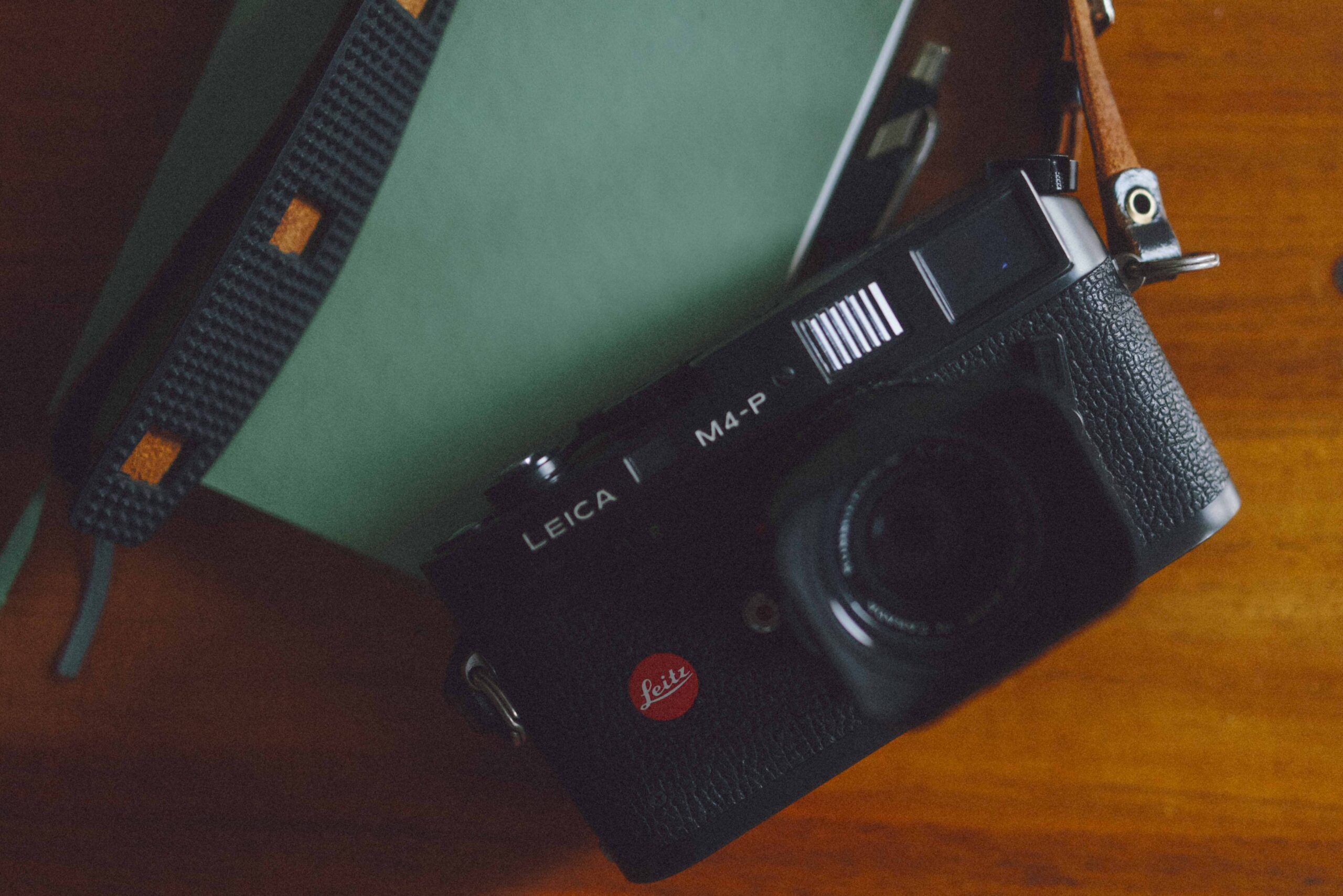How to become a better street photographer

Street photography is one of the most popular genres, responsible for some of the best photos ever shot. It is a genre that can move peoples emotions towards compassion, change political perspectives and even shape history. It’s no surprise that many photographers want to explore this style—only to realize that it’s much harder than it looks.
Not only are we competing with millions of incredible street photos already taken, but finding compelling subjects and moments to capture requires far more effort than it seems. Maybe the idea of taking street photos is wrong first place, and it should rather be taking pictures of – insert topic you do really care about – on the streets because we think it’s important. But that’s a different blog post for the future.
At first glance, some street photos appear to be effortless snapshots taken at the perfect moment. Some might say anyone could have captured them. However, the truth is that most of these shots are the result of countless hours of practice, wandering, and taking hundreds of images—most of which never quite hit the mark.
The difference between a snapshot and a professional photo is simple: professionals don’t take snapshots or, rather, know how to reproduce them, in turn not making them snapshots anymore. They develop an instinct for composition, timing, and storytelling, allowing them to consistently produce striking images.
And there are actual things you can do to get to that point: Here are valuable tips to improve your street photography—though the last one does come with a bit of privilege (at the end of the day, I’m a white male in my 30ties living in a first world country).
Use framing to your advantage
Framing, in a photography sense, can be done before and/or after a picture had been taken. Although, framing your picture more carefully before taking it, is the preferred option, since you’ll lose image quality if you zoom in or cut an image afterward. Especially in street photos there’s a lot going on and many lines, objects, colors tend to draw attention or disturb compositions (looking at you neon colored scooters).
In those cases reframing your shot can help get your message across, guide the viewer to see what you want them to see or simply, make the picture pop more. Here is an example from my early days:

Looking at this image, the lines are nice, the colors vibrant, the motive is… somewhat interesting: However, it has lots of space that doesn’t really add anything to the image and that becomes very apparent, when we move things around a bit.

This framing of the image pops a lot more, it grabs more attention because it has reduced the image to it’s most interesting elements: Which are the OPEN sign and the Octopus lantern. By the way, that is an edit I’ve made six years ago, today I shot in a way that changing the frame in post image editing almost never crosses my mind. Simply, because I’m putting more thought into my positioning and the position of the frame, before I take the shot.
That’s not something that just came naturally, but a skill I’ve picked up from shooting film cameras for three years. And since the resolution of film is way lower than digital sensors, reframing an image like the one above in post doesn’t always work, and you’ll lose way too much image quality. Furthermore, you’ll get more sensitive about every single frame you compose, since you only have a limited number of pictures on a role of film, also leading to putting more effort in the initial frame.
Also also, a disclaimer and an important one at that: reducing an Image or framing away negative space is not a general hack to make every image better (negative space is a way to describe space in an image that doesn’t add anything). Over the years I’ve learned to appreciate the negative space and the parts of the image where not everything is an important eye-catching detail. Here is an example:

I took this five years later, and I wouldn’t reframe anything in this shot. Of course, one could argue that the empty dark area above could be taken out, and the image could be reduced to the church and the scooter. But I do like the transition between the darkness to the light of the sky, leading to the church. As well as the complimentary colors orange and blue in the back- vs. the foreground.
Not to mention, the Street Photography from 2024 actually tells a deeper story. It’s not just a takoyaki bar but a highway in Manila under the so-called “skyline”. The skyline in the capital of the Philippians is a special road above the usual overcrowded traffic, that costs fees to navigate the city faster and more comfortable. Reserved for those who either have the money or the authority to use them. The church acts as a symbol, standing in between the classes living inside the city. Which brings me to the next point.
Street photography that tells a story
That’s a no-brainer on paper, and yet does get forgotten all the time (I’m guilty of that as well). Every culture and every place does have their own unique elements and rituals. Which is where documentary and street photography blend into one delicious milkshake. It’s worth to think about makes a space unique and what is representational for it.
When I was traveling Japan, I noticed vending machines everywhere, for everything, and it got me super fascinated, since to this day, I’vent seen anything quite like it.
Especially as a foreigner in a different place it’s easy to spot those things, since they’re uncommon in our perception, they stand out. In case you’re wondering why most of the images you know from Morocco are close-ups from spices and market stands of a Medina, there you go. But keep in mind, that you’re an outsider looking in, an outsider who has the privilege to take and share all those images, so try to understand the culture first, or you’ll just end up being voyeuristic and misrepresent an entire nation, from a very privileged perspective.
One might even say, if you do documentary and street photos, it’s best if you do it in an environment that you’re a part of and understand.
Discover your close surroundings
While wandering around, getting lost and just trip over interesting scenes is good game and fun, not everyone has the patience or time for that. However, nearly every city does have their own cultural highlights, oddities and interesting corners.
For Instance, Munich may not have a lot of intense demonstrations or diverse parts of town that showcase cultural contrasts, but it does offer a wealth of festivals, street markets and historical architecture. Unique locations like the Olympic Park or the University’s main building make for fantastic backdrops. Having a deep knowledge of your city’s special spots is also an advantage if you’re into portrait photography.

In your own city, this could mean capturing a national holiday celebration, a vibrant subculture, or standout modern architecture. Seek out locations, situations, or events that are unique to your surroundings and make the most of them.
You don’t need an international beer festival in your town to find compelling street photography opportunities. Exploring places with unusual architecture and strong leading lines can make for stunning compositions. I love to discover such locations by bike or on foot, and they are often hidden in plain sight. If you’ve never thought about leading lines, here is a blog article to set you up, chances are, you’re already implementing them in your photography without noticing them.
Try out different lenses, especially wide angle
There is a reason why the legendary leica-m series comes mostly with wide angle lenses. Many of the best street photography was shot on wide angle perspectives. The reason why this glass is so preferable for street is, that it’s able to cover a lot of ground, capturing a whole scene, leaving a many details to discover for the attentive viewer and lots to show for passionate photographers.
It’s not that wide angle is the only way to take good street photography pictures, my favorite photography teacher, Jamie Windsor, released an interesting video about that just a little while ago. But without a doubt, are wide angle lenses helpful capturing a larger scene and therefore, provide a lot more versatile options for transporting a story in street photography.
Most cameras come straight out the box with a zoom lens, that covers a focal length from 18 to 70 mm, or something similar. So they can be used for wide angle photography. I would, however, recommend getting a fixed focal length wide angle lens. Anything between 8 and 35 mm would work perfectly, with 35 being, for me at least, the most versatile one.

The biggest turn off regarding using a fixed focal length is that it forces you to get out of your way and move to get your shot instead of just zooming. That is especially challenging in street photography, since it’s that much more comfortable to just zoom in to our composition. Additionally, there are also situations that are fleeting, only lasting for moments, and if you miss them, there are gone.
Paradoxically, this disadvantage becomes an advantage in your photography toolbox if practiced enough: The more you get used to a fixed lens, the more you’ll start framing your surroundings in that particular focal length. Ultimately, knowing how a shot will turn out and look like, before you’ve even viewed through the viewfinder or checked the screen.
The privileged option: Go travel
I always liked to differ between going on holidays or going to travel somewhere. Traveling for me is about discovering and experiencing rather than relaxing and enjoyment. Especially as a passionate photographer, you’ll find yourself often carrying multiple kilos of equipment on your back, wherever you go.

While I don’t think that carrying a lot of equipment is necessary to take great pictures while you travel, I like to think that it takes effort to actually find interesting locations, to get to know the culture and their unique elements: Not just taking the camera as a gimmick, while enjoying touristic experiences, but instead traveling to places telling a story about the individual culture and capturing those elements, with whatever camera or lens. Which is often the key factor that separates street photos from holiday snapshots.
Traveling is also super inspirational, being far away from everyday life; surrounded by strange smells, noises and environments for sure gets our muses going wild. Our super privileged muses, actually.
To quote the famous “astronaut” Katy Perry “I think this experience has shown me you never know how much love is inside of you […] until the day of launch“, not everyone has the means to board a rocket, and we like to poke fun of Perry for that quote (not that I feel sorry for her), but we fail to realize, that we all have a little Katy Perry inside of us when it comes to our own privileges.
In fact, most people on this planet doesn’t have the means to even leave their own country once in theirs lives. While my friends and myself take vacations in various countries multiple times a year, not having to worry about our short visit visa getting denied. I’m not saying feel bad about it, just be aware of it when sticking a camera in the face of an unsuspected camel rider, converting the image into black and white, sliding that structure and sharpness slider to the max and uploading it in a Facebook group: be humble, be respectful.
Hope those little tips are making photography more interesting and rewarding for you and if it did, feel free to follow me on a social media channel or leave a nice comment.



